When you think about the crazy things that people would do to save the environment, one of the first images you might have is this:
However, not all tree huggers = environment lover = crazy.
But crazy money = save the environment = happy people
Thanks to OCBC Bank, there is some good money involved -- an environment fund that will pay out a total of $100,000 every year -- to support projects that can make a positive impact to the environment.
The #OCBCCares for the Environment Fund is the first initiative of its kind which will fund, in full, a handful of projects. In other words, it prizes quality over quantity.
At a loss for innovative ideas on how to save the environment and rouse the community to help?
Fret not.
Here are five projects, unlike crazy tree-hugging, that you can draw your inspiration from to save the environment.
(Disclaimer: these examples are used solely for illustrative purposes to inspire more people - with good ideas on how sustainability can be achieved in Singapore - to apply for the #OCBCCares Fund for the Environment)
1. Reintroducing the repair culture to save broken items
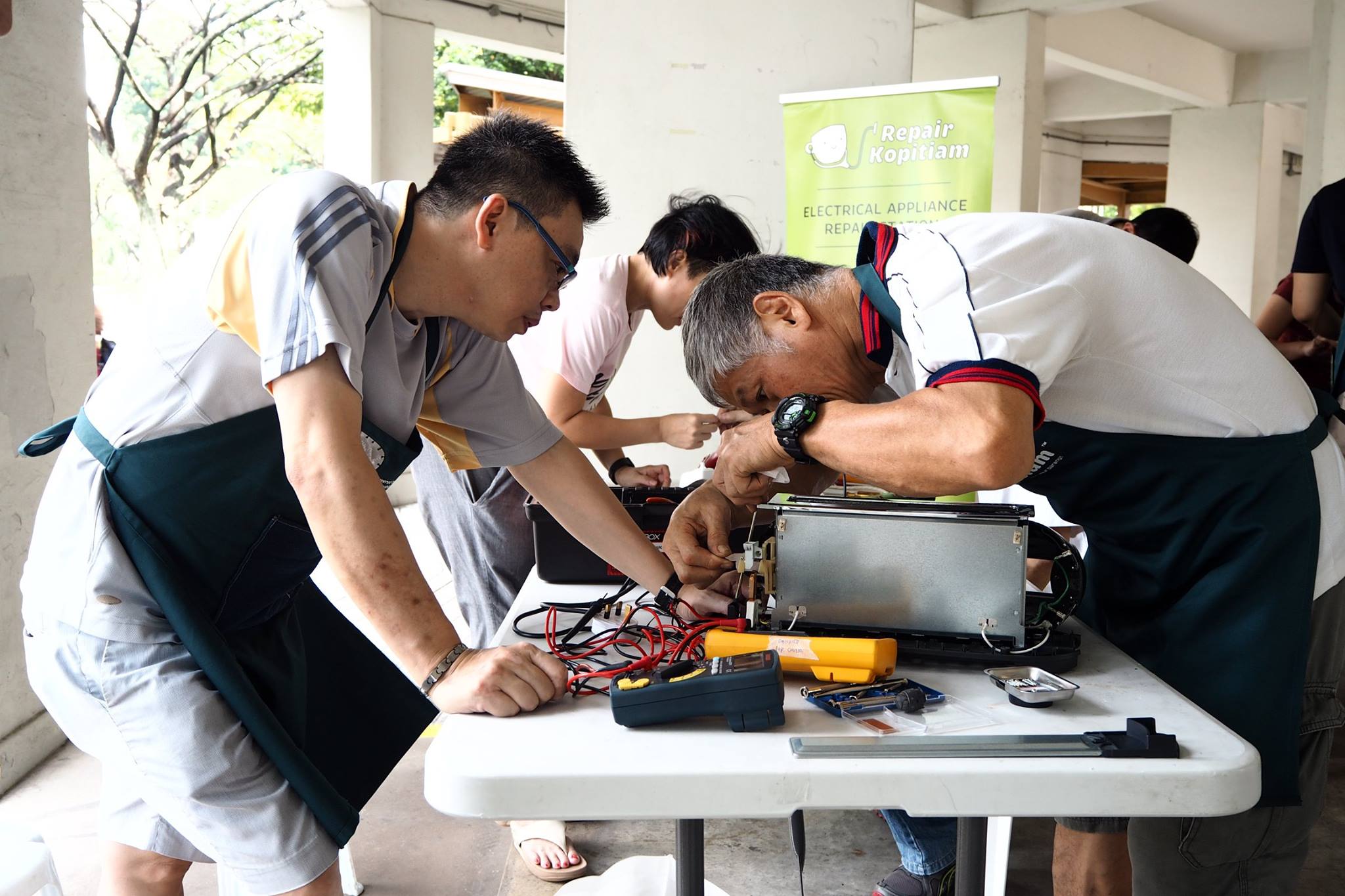 Photo from Repair Kopitiam Website
Photo from Repair Kopitiam Website
Repairing is probably a habit from the olden days that totally deserves to be brought back as a solution to the buy-and-throw culture - one that contributed to 7.67 million tonnes of waste from Singapore in 2015.
7.67 million tonnes of waste can fill 3,000 Olympic-sized swimming pools.
By saving or giving a second phase of life for faulty items that can be easily repaired, you are also reducing waste in Singapore.
Repair Kopitiam is one such example. It is an initiative that has created a repair community consisting of volunteer coaches who can teach and help fix items such as broken electrical appliances, torn clothes, wobbly chairs and responsible e-waste disposal.
How much they spent? $30,000 < $100,000
This initiative started with a funding of $30,000 to support tool rental, website development and Do-It-Yourself videos.
Why not start something along these lines in your neighbourhood or community?
2. Building a compost bin to reduce food waste
There have been several food waste recycling trials and digesters at some hawker centres and schools in recent years so food waste recycling should not be an unfamiliar term to many people.
Food composting is another way to recycle food waste and it can be done without requiring gigantic and expensive machines.
Instead of throwing away raw veggie and garden waste, you can actually convert them into fertilisers via composting.
Just listen to what this auntie has to say about her experience at the Khoo Teck Puat Hospital roof garden:
How much did she spend? Definitely < $100,000
You can possibly save money on fertilisers, water and pesticides subsequently, simply awesome right?
While food waste recycling seem to require machines that cost a lot, it does not mean that you cannot start getting your community to start a food-waste composting movement from home – using vegetable and fruit peals as well as food remains after dinner.
Why not?
3. Creating rain gardens for the community
With more than 1000 community gardens around in Singapore now, there are some with really cool fruits of labour that bring back the old kampong feel like this:
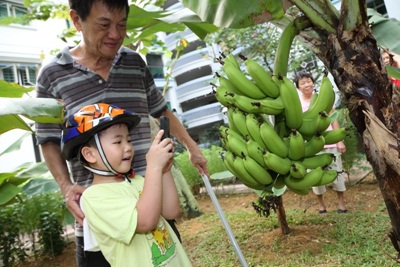 Photo from NParks
Photo from NParks
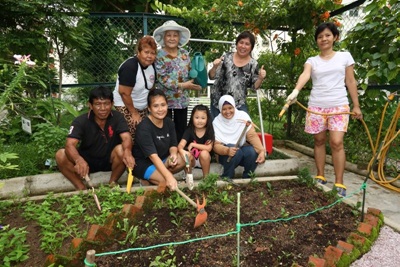 Photo from NParks
Photo from NParks
Well, you can start one in your community, workplace or school too! What’s even better - create a rain garden too!
A rain garden can help to slow down runoffs to reduce the occurrence of floods. Here’s a cross-sectional view of a rain garden:
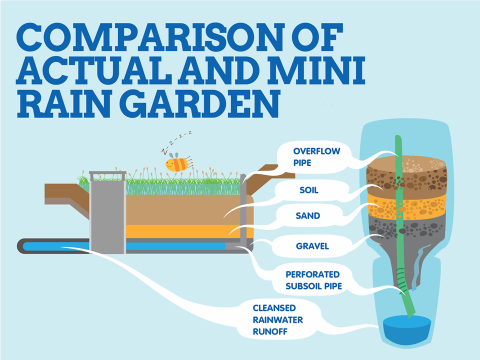 Image from PUB
Image from PUB
You can experiment it by making a miniature one:
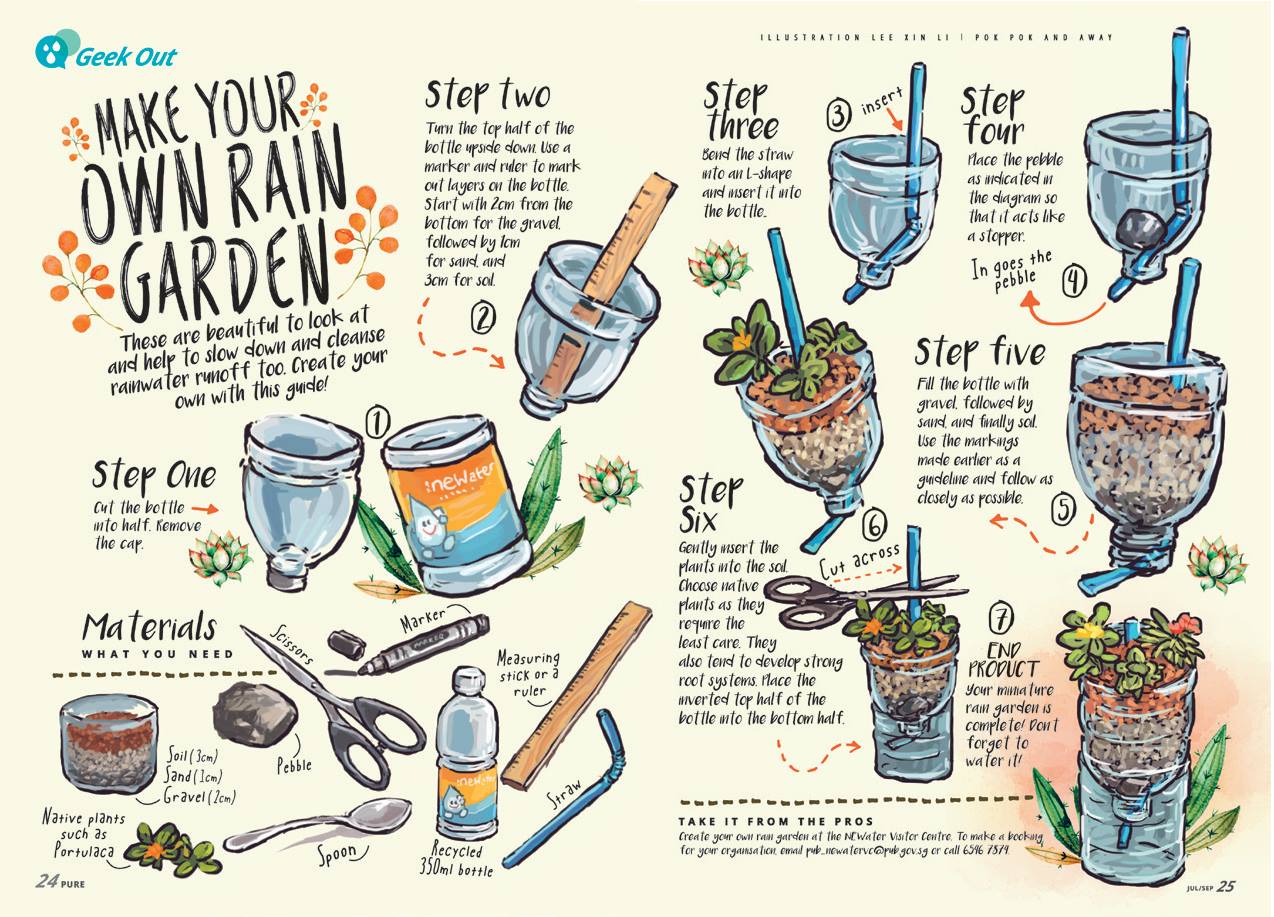 Image from PUB
Image from PUB
In light of extreme weather these days, rain gardens can save both dry and rainy days.
How much did they spend? Varies according to the size of rain gardens.
4. Surveying the shores of Singapore instead of travelling around the world
Singapore is located within one of the world’s biodiversity hotspots.
With much urbanisation over the years, it still retains a rich array of biodiversity, and this never fails to amaze nature lovers like Ria Tan.
Tan, 61, is a nature enthusiast who records her readings and field observations about marine biodiversity which serves as an education resource.
The retiree spends one-third of the year visiting Singapore’s various shorelines during low tides looking out for marine life and corals.
No passport needed because there is so much to see in Singapore.
How much does she spend? $10,000 - $20,000 < $100,000
Tan funds her work from her savings, mostly just for hiring boats.
What Tan is doing is important from an education point of view, for a better Singapore and planet.
Now, don’t you want to be part of an environmental educational movement larger than yourself?
If all these local projects are not crazy enough for you, you can try this.
5. Cleaning all the plastic debris from our waterways
You might have heard about The Ocean CleanUp Project started by schoolboy Boyan Slat from Netherlands, when he was just 16 years old.
He set out to combat plastic pollution, after seeing more plastic than fish during a scuba-dive. His team is working towards building the largest floating pipe that can collect and concentrate plastic debris on the ocean.
How much did he and his team raise? USD$90,000 ( about SGD$122,769)
What seemed to be impossible initially became something probable as The Ocean Cleanup recruited an initial team and raised the first USD 90,000 using crowdfunding.
Why not adapt this idea to clean up our waterways or coastlines on our little red dot?
So that our otters will not be endangered because of the plastic pollution:
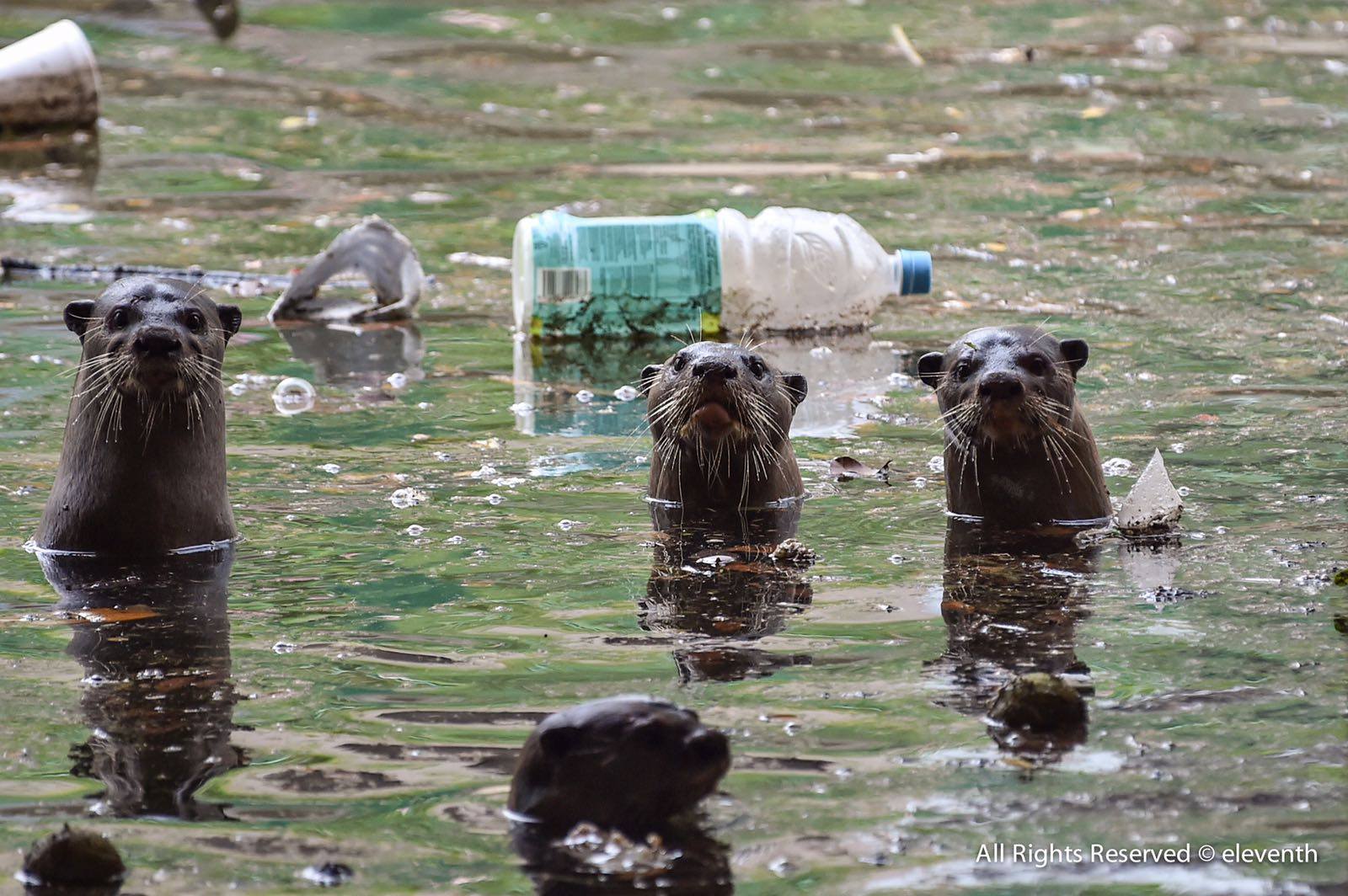 Photo by Eleventh
Photo by Eleventh
Interested? Inspired?
Join the workshop on 24 August (Thursday, 4 - 7pm), organised by OCBC. Register at [email protected]. Sign up soon as seats are filling up fast!
It is a crash course to know how to score and make your proposal stand out.
OCBC staff volunteers will share useful information and tips on project management; financial planning; budgeting know-how and presentation skills.
You can subsequently refine the idea and submit your proposal before the deadline: 30 November 2017.
Crazy things to save the environment are made easier to put into action now. ?
This sponsored post reminds Mothership.sg’s writers to recycle our papers and plastic containers to save the earth for our future generations. That is if we cannot come up with crazy projects to save the environment first.
If you like what you read, follow us on Facebook, Instagram, Twitter and Telegram to get the latest updates.
